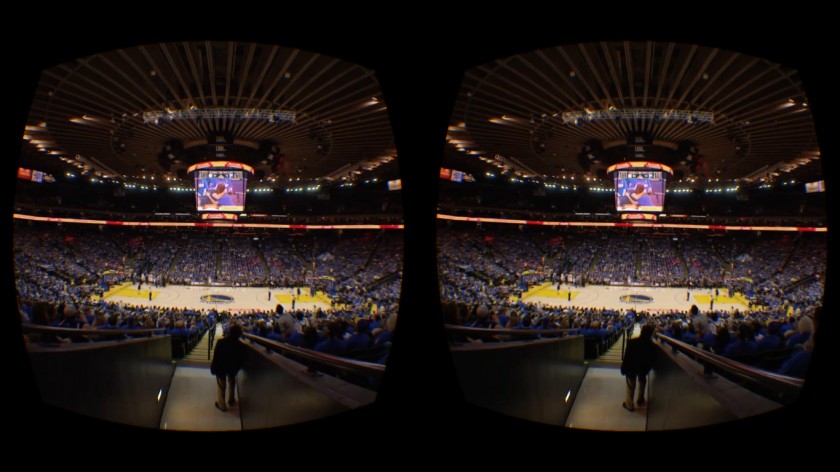 Credit: roadtovr.com
Credit: roadtovr.com
Since the emergence of live video streaming, the role of traditional television has been turned upside down - and from sporting events right through to SVOD subscription services like Netflix, there have been some incredible developments in recent times. Perhaps the most striking thing about video streaming’s latest advancements are the development of VR video content and apps, and what it means for the future of live events.
Big brands take the lead in producing VR content and apps
Once upon a time the notion of people plugging into virtual reality from the comfort of their homes seemed like a far-fetched futuristic wonder, but the likes of GoPro are making it into a fully-fledged consumer reality. VR has fast become a hot topic in 2016 with big-hitters like Google and Facebook planning to release their own virtual offerings into the market, but it does seem that GoPro is leading the way regarding innovation. Now, we all know how impressive a GoPro head cam is, and the stunning footage that you can catch with one, and the company has used it to their advantage by releasing VR technology of their own.
Not only does GoPro VR harness the capabilities of their six-camera Omni array, but it also possible to access spherical footage on third party platforms like Facebook. Not only this, but GoPro has also given content creators to the power to use a GoPro controlled platform to upload, play, and share videos - all that is required is a smartphone and the app.
So what does this mean for the world of live video streaming?
Well, big things possibly, according to co-founder of Button, Mike Dudas:
"NBA will be the biggest sports winner in a VR world. Live courtside viewing is personal, virtually inaccessible to the average person and unbeatable."
The intuitive nature of VR and the content opportunities that is presents means that watching a live sporting event will be more immersive than ever before, with a wider variety of angles, unique coverage, the utilisation of drones and cutting-edge innovations creating a firm link between live streaming and virtual reality.
Live video content from drones and VR technology will bring us closer to the events than ever before #Rio2016! https://t.co/JKtBuCkvbi
— Marcus Höfl (@marcushoefl) July 20, 2016
Which are the major challenges for VR to take over?
We can expect some mind-blowing streams over the summer, particularly during the Olympic Games, but much like anything new, VR-based content will come with its teething problems.
One of the major potential problems is latency and maintaining a decent reach while maintaining a high-quality immersive experience. Bandwidth is another element that can have an adverse effect on user experience, but with time, trials and plenty of planning, these issues can be overcome. In this video below, Frost & Sullivan's analyst, Avni Rambhia, discusses issues with latency, bandwidth, UX, encoding, reach, and quality facing content creators as they make the leap into live video VR.
Whichever way you look at it, VR is the future of live video streaming and with new developments happening every single day, before long, it will be possible to feel like you are on the pitch at your favourite football match while sitting at home. Virtual technology, coupled with social media and live streaming has broken down the barriers between fans and athletes and as things progress, we can expect many exciting times ahead.
Are you broadcasting live events online? Learn how you can set up a live stream, free or paid, in minutes:



